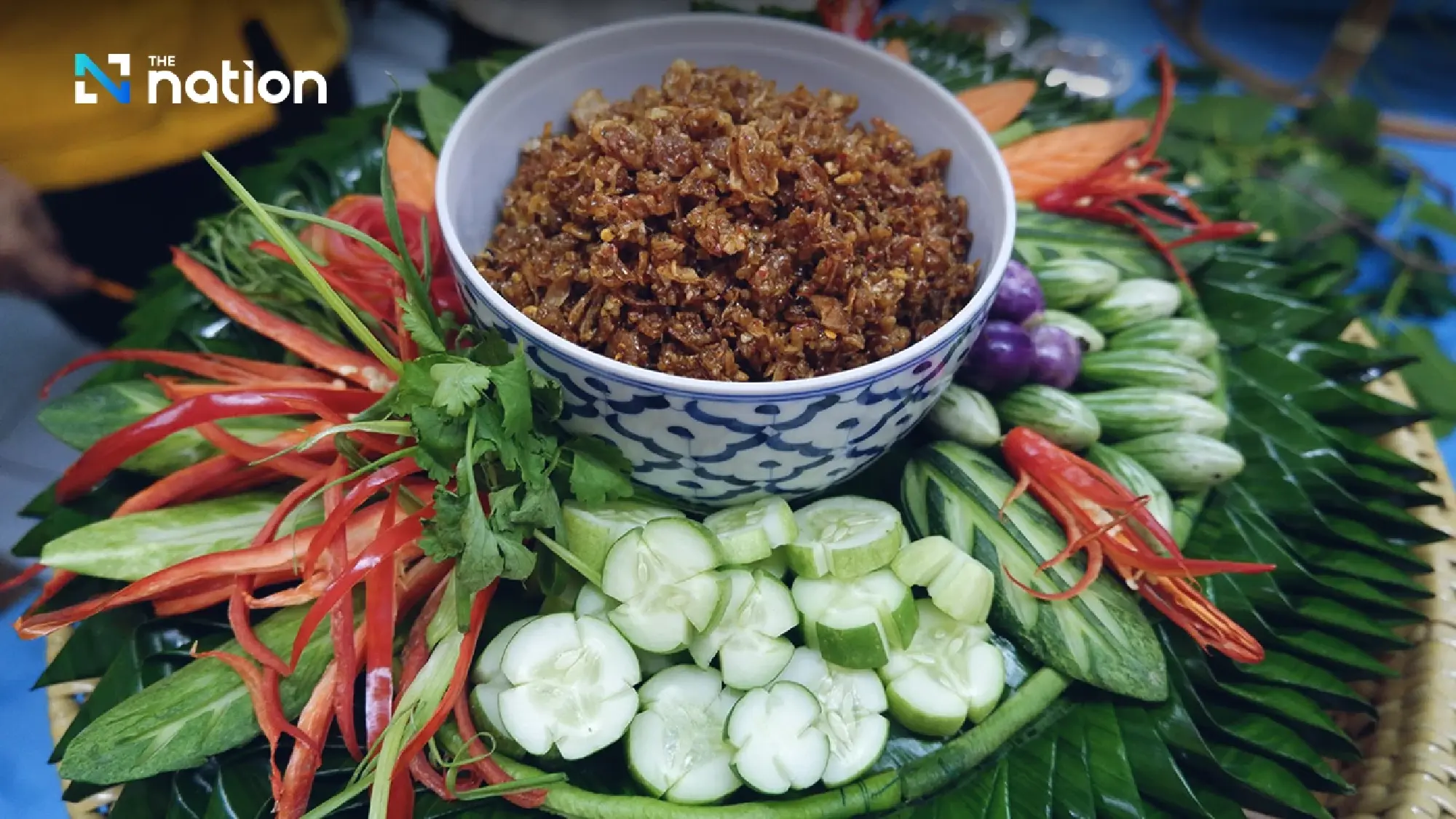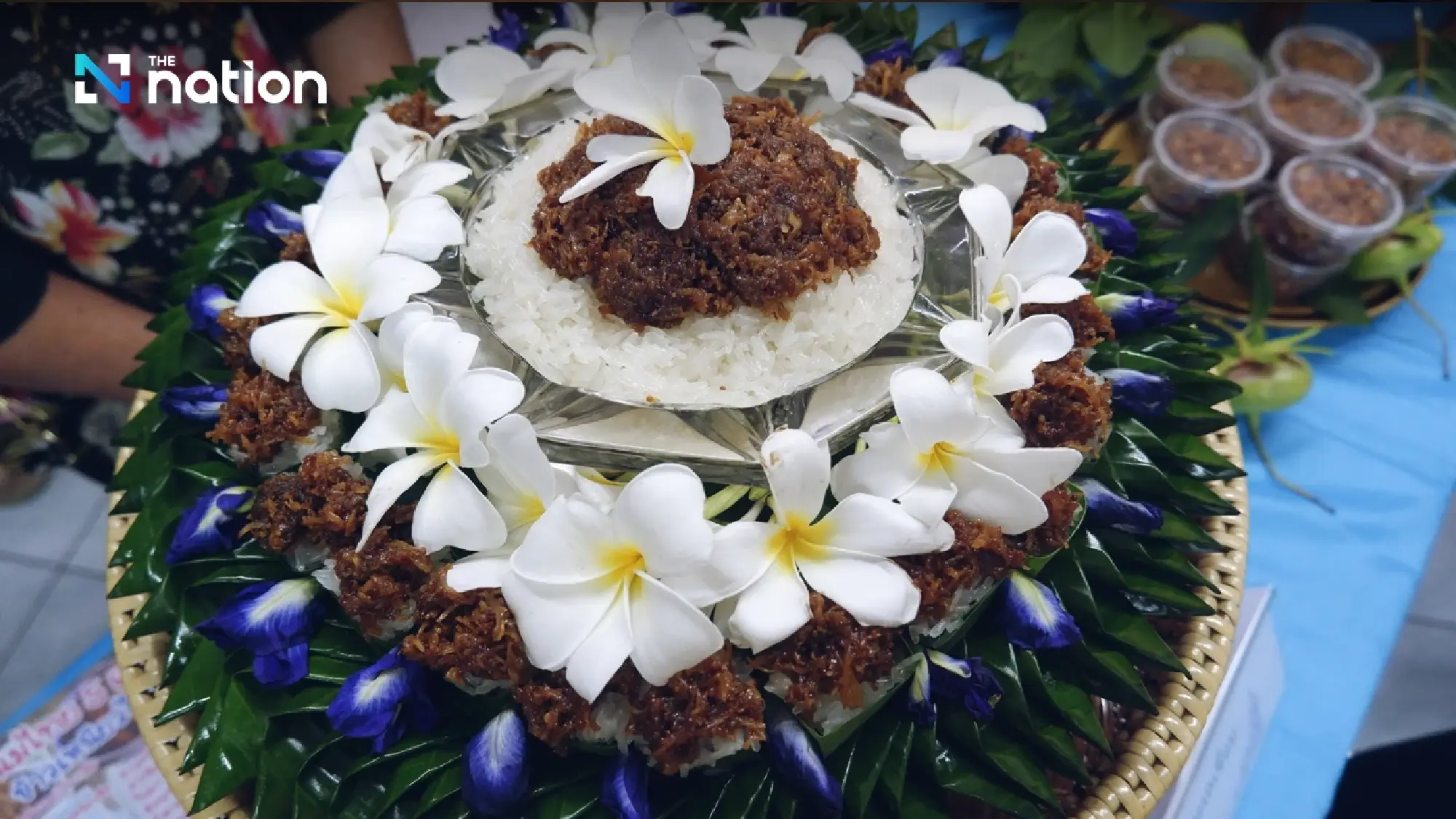November 6, 2024
BANGKOK – Phetchaburi province, not far from Bangkok, is recognised for its unique culinary identity. In 2021, UNESCO designated Phetchaburi as a “City of Gastronomy”, making it the fifth city in Thailand to receive this honour, following Phuket, Chiang Mai, Sukhothai and Bangkok.
Phetchaburi’s food culture stands out and has earned it the title of “City of Three Flavours”. The province’s cuisine is defined by its balanced ingredients: the sweetness of Jaggery palm sugar, the saltiness of sea salt, and the tanginess of local limes, all sourced within Phetchaburi. These ingredients are thoughtfully incorporated into the local dishes enjoyed by residents.
However, many traditional recipes of Phetchaburi are at risk of fading away over time. To preserve these culinary traditions, Thailand’s Department of Cultural Promotion, Ministry of Culture has launched the “Lost Taste” initiative for the 2024 fiscal year. This project aims to document and conserve regional dishes from various parts of Thailand, highlighting the cultural value of these foods, their preparation methods, and their history.
The research into Phetchaburi’s regional foods identified three dishes at risk of disappearing:

Nam Phrik Lam Paen. PHOTO: THE NATION
Nam Phrik Lam Paen
This is a seasonal dish unique to the region, featuring lam paen, a mangrove plant abundant in Bang Tabun subdistrict. The plant bears fruit from January to May, and when fully ripened, the fruit has a sour taste. Historically, residents of Ko Kaew have used lam paen as a substitute for lime or tamarind, which are scarce in mangrove areas.
Traditionally, locals in Ko Kaew make shrimp paste with ripe lam paen to add a distinctive sourness and aroma. This dish is often served with blanched cha khram greens and grilled mullet fish, showcasing the community’s resourceful, nature-based culinary practices.

Phat Ai Khui. PHOTO: THE NATION
Phat Ai Khui
Phat Ai Khui is a childhood dish remembered by Dr Sumet Tantivejkul, secretary general of the Chaipattana Foundation, who originally lived in the Ban Don Kai Tia community in Muang Phetchaburi district. Phetchaburi Rajabhat University has introduced this dish to the public to promote its preservation and revival as a traditional local dish that is now rarely consumed.
Phat Ai Khui is known for its intense spiciness, made from stir-fried beef with curry paste, various spices, and Thai herbs that have numerous health benefits. The dish is characterised by its spicy flavour and fragrant aroma of herbs and spices.

Sticky Rice with Sweet Horseshoe-Crab Eggs. PHOTO: THE NATION
Sticky Rice with Sweet Horseshoe-Crab Eggs
The mang da thale (horseshoe crab) is a venomous creature found in coastal mudflats, and its eggs are available only from January to April, making this a seasonal delicacy. In the past, the abundance of mang da thale in Bang Tabun subdistrict meant it was commonly eaten by local households.
This dish is a traditional recipe passed down from a “kong” (grandfather) of Bang Tabun, dating back to the late reign of King Rama V. It showcases the ingenuity in food preservation and careful culinary techniques needed to remove the horseshoe crab’s venom and prepare its eggs for consumption.
The dish was creatively transformed into a sweet dessert, using local ingredients like shredded coconut to increase its volume for family servings, resulting in a unique local treat.


